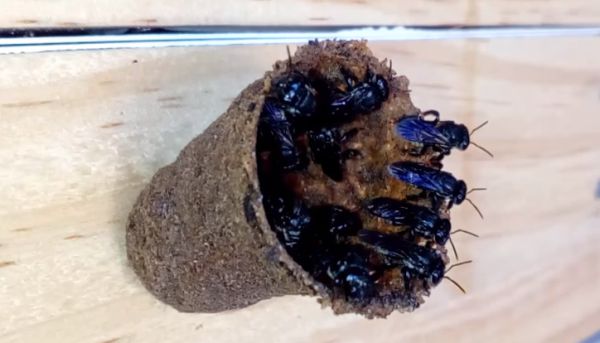this post was submitted on 05 Jul 2024
29 points (91.4% liked)
Casual Conversation
3259 readers
304 users here now
Share a story, ask a question, or start a conversation about (almost) anything you desire. Maybe you'll make some friends in the process.
RULES (updated 01/22/25)
- Be respectful: no harassment, hate speech, bigotry, and/or trolling. To be concise, disrespect is defined by escalation.
- Encourage conversation in your OP. This means including heavily implicative subject matter when you can and also engaging in your thread when possible. You won't be punished for trying.
- Avoid controversial topics (politics or societal debates come to mind, though we are not saying not to talk about anything that resembles these). There's a guide in the protocol book offered as a mod model that can be used for that; it's vague until you realize it was made for things like the rule in question. At least four purple answers must apply to a "controversial" message for it to be allowed.
- Keep it clean and SFW: No illegal content or anything gross and inappropriate. A rule of thumb is if a recording of a conversation put on another platform would get someone a COPPA violation response, that exact exchange should be avoided when possible.
- No solicitation such as ads, promotional content, spam, surveys etc. The chart redirected to above applies to spam material as well, which is one of the reasons its wording is vague, as it applies to a few things. Again, a "spammy" message must be applicable to four purple answers before it's allowed.
- Respect privacy as well as truth: Don’t ask for or share any personal information or slander anyone. A rule of thumb is if something is enough info to go by that it "would be a copyright violation if the info was art" as another group put it, or that it alone can be used to narrow someone down to 150 physical humans (Dunbar's Number) or less, it's considered an excess breach of privacy. Slander is defined by intentional utilitarian misguidance at the expense (positive or negative) of a sentient entity. This often links back to or mixes with rule one, which implies, for example, that even something that is true can still amount to what slander is trying to achieve, and that will be looked down upon.
Casual conversation communities:
Related discussion-focused communities
- !actual_discussion@lemmy.ca
- !askmenover30@lemm.ee
- !dads@feddit.uk
- !letstalkaboutgames@feddit.uk
- !movies@lemm.ee
founded 2 years ago
MODERATORS
you are viewing a single comment's thread
view the rest of the comments
view the rest of the comments
I believe that most of the native species here don't even sting, and if you annoy them they'll flock around you and... that's it, like a bunch of kids calling you meanie. Or at least the ones that look like wasps, like this:

I've seen quite a bit more of those this winter.
How do they defend a hive if not for the ability to sting?
They* technically can bite you, but the bite doesn't hurt, so it's likely only effective against other really small critters. They can also release some sort of glue, kind of annoying if they do it while tangling in your hair, but harmless.
I wonder if their visual similarity to wasps isn't some form of defence on its own, as mimicry. They also seem to build nests in places where they won't get into trouble with mammals, like inside the hollows of tall trees. And that opening "tube" is closed off at night.
*from some websearch I could find one slightly more dangerous species, called "tataíra" or "abelha de fogo" (lit. fire bee). Even then it's just spitting formic acid, like ants would; and mostly used not against larger critters, but while pillaging beehives of other species.